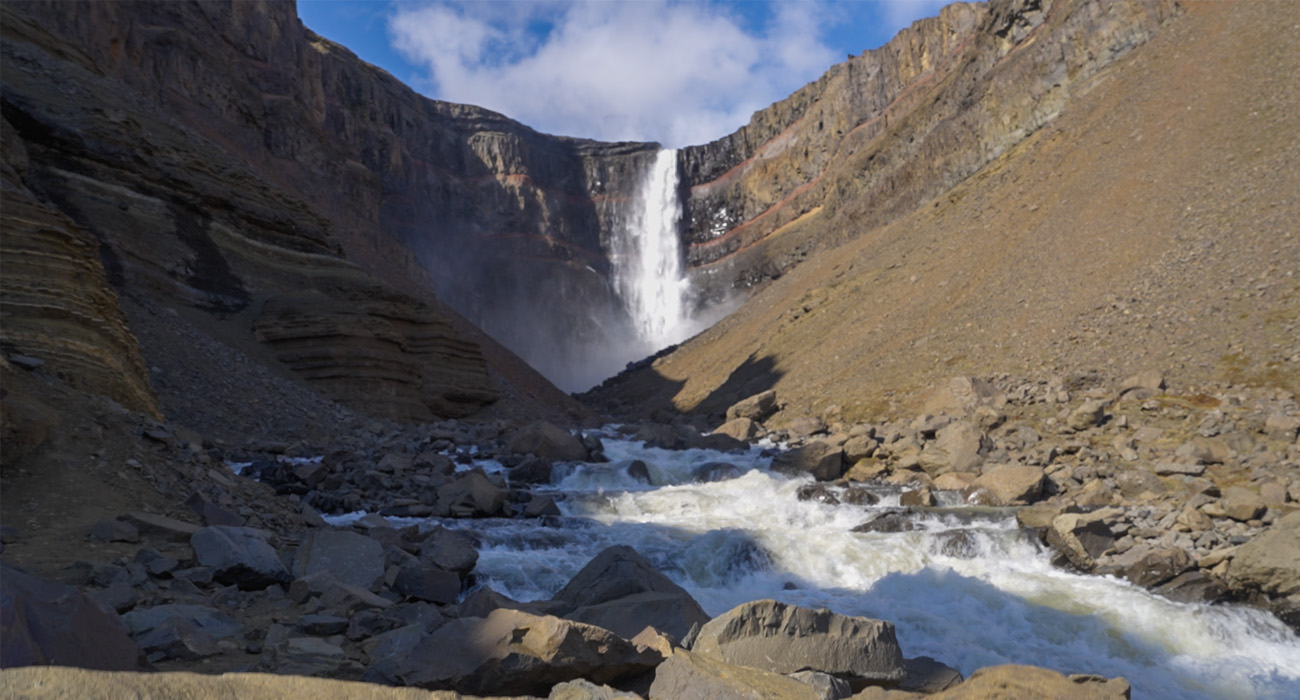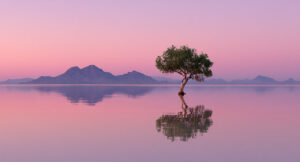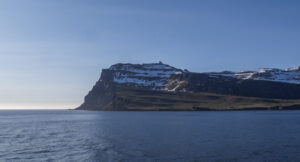Mastering the Art of Landscape Photography on the Road
Capturing the vastness of a mountain range, the serenity of a coastal horizon, or the drama of desert dunes—landscape photography is one of the most powerful ways to share the beauty of the world through your lens. But when you’re traveling, getting the perfect landscape shot isn’t just about pointing and clicking. It’s an art that combines patience, preparation, and perspective. Here’s how to master landscape photography while on the road.
1. Know Your Terrain: Research Before You Go
Every landscape tells a different story—and knowing that story helps you photograph it better.
- Scout Locations in Advance: Use Google Earth, AllTrails, or photo-sharing platforms like 500px to find promising viewpoints. Pay attention to elevation, accessibility, and light direction.
- Check the Weather and Season: A snow-covered valley and a sun-drenched canyon offer completely different photographic opportunities. Research how the landscape changes throughout the year and what conditions best suit the mood you want to capture.
- Local Knowledge Is Gold: Talk to locals, park rangers, or fellow travelers. They may point you toward hidden gems or offer insights on when certain locations are at their most photogenic.
2. Light is Your Most Powerful Tool
Landscape photography thrives on light—its quality, direction, and timing.
- Golden Hour and Blue Hour: Shoot early in the morning or late in the day when the light is softer and shadows add depth. Midday sun can flatten a scene and wash out details.
- Watch the Weather: Don’t shy away from clouds or fog—they often add drama, contrast, and emotion to your images. Storms rolling in can turn an ordinary shot into something unforgettable.
- Use Apps for Planning: Tools like PhotoPills or The Photographer’s Ephemeris help you predict how light will fall on a location at a specific time and date.
3. Composition Matters—Even in Vast Spaces
A stunning view alone doesn’t make a great photo. How you frame it is what elevates it.
- Foreground Interest: A rock, tree, or trail in the foreground can create depth and lead the viewer’s eye into the image.
- Rule of Thirds: Position key elements (like a mountain peak or the horizon) along the gridlines to create balanced compositions.
- Leading Lines and Layers: Roads, rivers, or ridgelines can guide the viewer’s gaze. Look for visual layers (foreground, middle ground, background) to add dimension.
- Frame Within a Frame: Use natural frames like archways, branches, or cave openings to draw focus and add context.
4. Gear Up Without Weighing Down
On the road, your gear needs to be both powerful and portable.
- Camera Body: A DSLR or mirrorless camera with a full-frame sensor offers better dynamic range, but modern crop-sensor cameras can also produce stunning results.
- Lenses: A wide-angle lens is essential for capturing expansive vistas. A telephoto lens helps isolate details or compress distance.
- Tripod: Lightweight and durable, it’s essential for low-light and long-exposure shots.
- Filters:
- Polarizer: Enhances skies and reduces reflections.
- ND Filter: Useful for long exposures (e.g., silky waterfalls or clouds).
- Drone (optional): For aerial perspectives, provided it’s permitted in the region.
5. Shoot Intentionally, Edit Thoughtfully
Post-processing is not cheating—it’s the digital darkroom that brings your vision to life.
- Shoot in RAW: This gives you maximum flexibility when editing exposure, contrast, and color without degrading quality.
- Use Editing Tools Wisely: Software like Adobe Lightroom or Capture One can enhance your images without over-processing. Pay attention to white balance, highlight/shadow recovery, and local adjustments.
- Tell a Story: Think beyond single photos. A sequence showing a place at sunrise, midday, and sunset can be more powerful than a single frame.
Final Thoughts: Be Present, Then Capture
While photography is the goal, don’t forget to pause, breathe, and appreciate the landscape with your own eyes before you photograph it. The better you understand and feel a place, the more meaningfully you’ll be able to capture it.
Landscape photography on the road is about more than pretty pictures—it’s a journey of seeing, feeling, and translating the soul of a place into visual poetry.




